Results
-
 £73.00
£73.00Legacy of Honor
This piece drives from the start with bold trumpet flourishes and interjections from the rest of the band. After the exciting first section, a lyrical second theme departs to something beautiful and lush in harmonic structure. The development section is based on the opening theme, eventually leading the piece back, followed by a dynamic brass flourish in the coda. A solid choice by a known composer for contests and festivals.
Estimated dispatch 12-14 working days
-
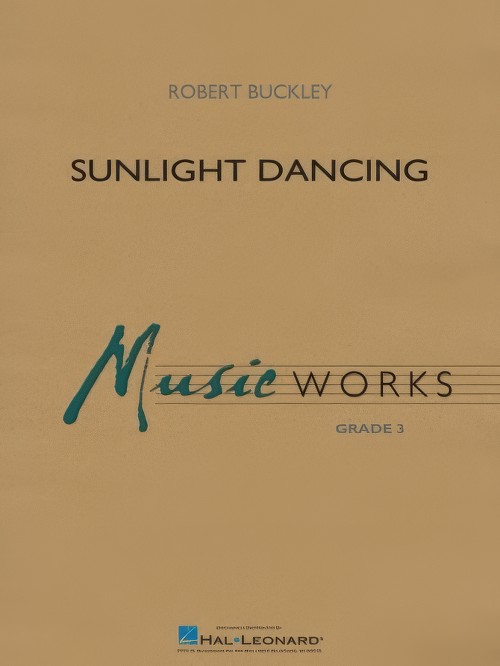 £72.99
£72.99Sunlight Dancing (Concert Band - Score and Parts) - Buckley, Robert
Sunlight Dancing was inspired by a walk through a forest on a bright summer day - the sunlight was flickering between the leaves and it seemed like the whole forest was dancing. This is a celebratory work expressing positive energy and optimism - designed to lift people's spirits. From the joyful opening to the beautifully reflective lyric section to the final exhilarating flourish, this piece is full of tuneful melodies, driving percussion and dynamic contrasts. An exciting concert opener or festival piece that showcases all sections of the band.Duration: 6.00
Estimated dispatch 7-14 working days
-
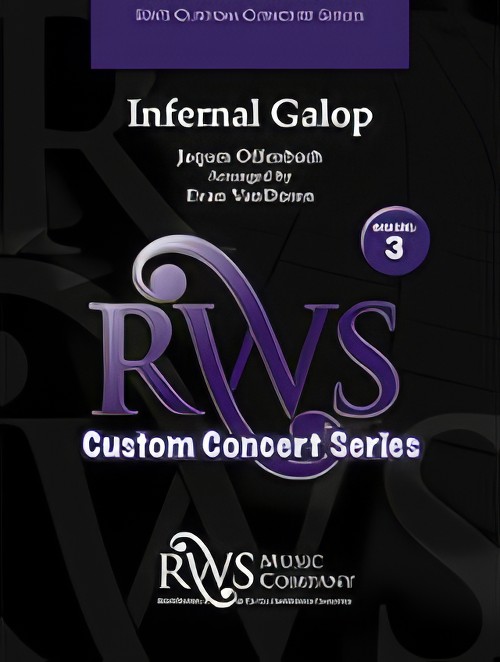 £80.00
£80.00Infernal Galop (Can Can from Orpheus in the Underworld) (Flexible Ensemble - Score and Parts) - Offenbach, Jacques - VanDoren, Evan
Jacques Offenbach's Infernal Galop, or Can-Can as it is more often called, has been reimagined throughout history. From classical composers like Saint-Saens, to more modern uses in movies, television, and even video games, the timeless appeal of Offenbach's melody is without question. Evan VanDoren's new flexible instrumentation arrangement for concert band is a perfect addition to any concert. Particularly effective as a closing selection or encore, this recognizable flourish will have your audience on their feet. Highly recommended!Duration: 2.15
Estimated dispatch 7-14 working days
-
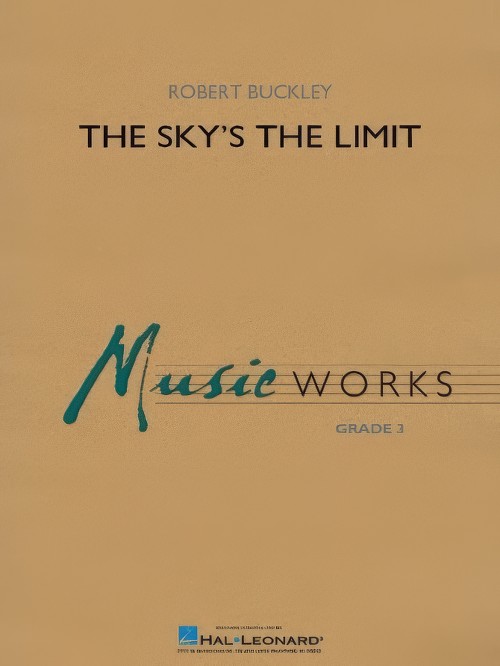 £72.99
£72.99The Sky's the Limit (Concert Band - Score and Parts) - Buckley, Robert
The Sky's the Limit is a celebratory overture that explodes with positive energy and exuberance. From the triumphant opening fanfare to the beautifully elegant euphonium solo (cued in various instruments) to the final exhilarating flourish, this piece is full of powerful melodies, driving percussion and dynamic contrasts. A joyful tour-de-force showcasing all sections of the band! Duration: 4:45
Estimated dispatch 7-14 working days
-
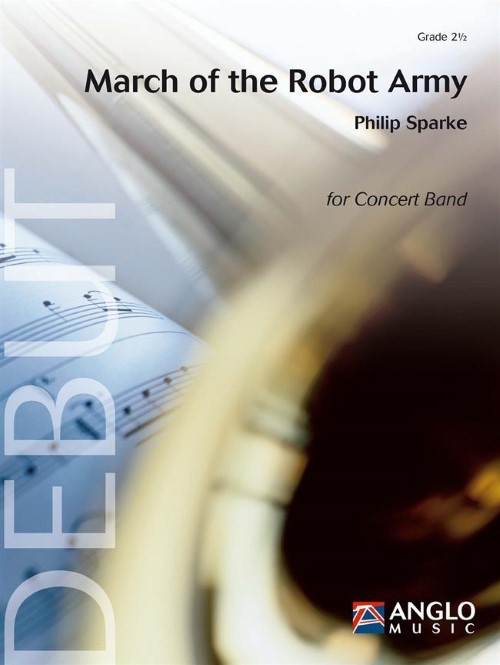 £99.99
£99.99March of the Robot Army (Concert Band - Score and Parts) - Sparke, Philip
March of the Robot Army was commissioned by Linda Anzolin and Giordano-Bruno Tedeschi for Campobanda 2019, with funds made available by Just Italia. Campobanda is an Italian summer music camp for 8 to 18 year olds which has a different theme every year. The theme for 2019 was science fiction, so composer Philip Sparke chose to write a robot march. After a quirky introduction featuring trumpet calls and chromatic figures, the main theme appears in a minor mode on clarinet and tenor sax and is then taken up by the full band. A change of key heralds a new theme, led by the trumpet and again repeated by the full ensemble. A further change of key introduces a legato trio melody over a rather robotic accompaniment: instruments are added bit by bit until a climax is reached. Small motifs from the introduction then lead back to a full recapitulation, revisiting the first two themes in new guises before finishing the march with a flourish.Duration: 5.00
Estimated dispatch 7-14 working days
-
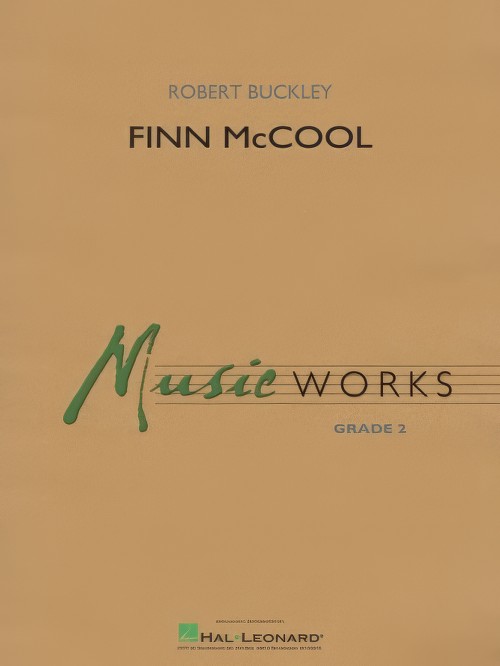 £57.50
£57.50Finn McCool (Concert Band - Score and Parts) - Buckley, Robert
Finn McCool (Fionn mac Cumhaill) was a mythical Irish giant. There are many stories associated with Finn, including the legend that he built the Giant's Causeway in the north of Ireland as stepping-stones to Scotland. Finn McCool starts as a funky Irish jig with an infectious groove and a call and response structure. This develops into a section with a melody reminiscent of an Irish air. Finally, these two melodies are played together and the music builds to a final flourish.
Estimated dispatch 7-14 working days
-
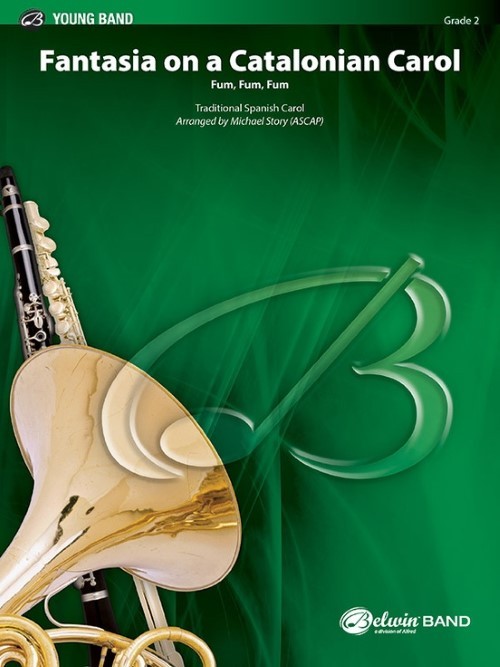 £61.95
£61.95Fantasia on a Catalonian Carol (Concert Band - Score and Parts) - Story, Michael
Featured woodwinds begin this setting of "Fum, Fum, Fum" then develop through a series of variations concluding with an energetic flourish. Contrasting articulations performed with rhythmic accuracy will provide musical vitality to deliver an abundance of holiday cheer. Duration: 2:30
Estimated dispatch 7-14 working days
-
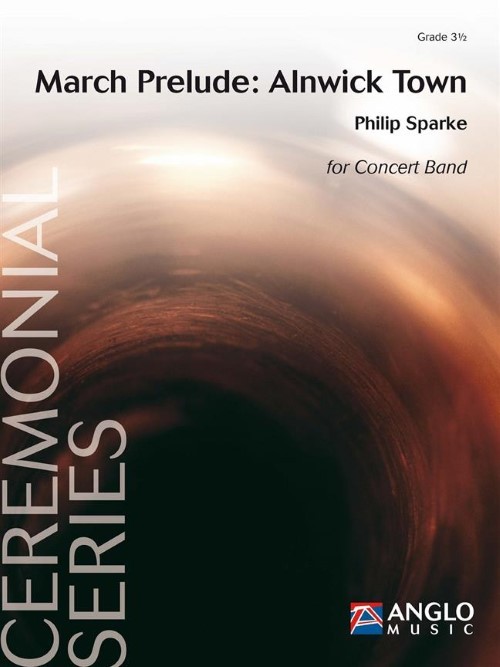 £91.99
£91.99March Prelude: Alnwick Town (Concert Band - Score and Parts) - Sparke, Philip
March Prelude: Alnwick Town was commissioned by the Alnwick Playhouse Concert Band (with Ray Thompson as conductor) to celebrate their first 25 years. It opens majestically with answering phrases between various sections of the band, leading to a faster march-like section, its main theme echoes the rhythms of the opening material. A bridge passage featuring snippets for saxophones and trumpets leads to a new theme, more legato in nature and repeated after a change of key. The bridge passage returns to herald a restatement of the main theme before the opening material reappears to close the work with a flourish.Duration: 3.45
Estimated dispatch 7-14 working days
-
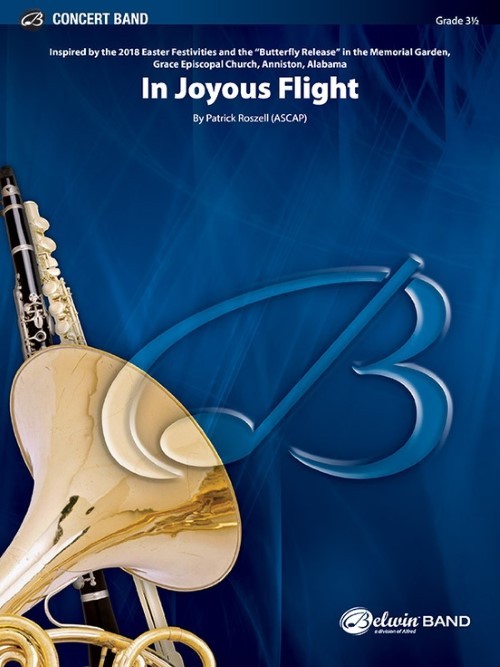 £70.50
£70.50In Joyous Flight (Concert Band - Score and Parts) - Roszell, Patrick
Musically depicting a butterfly release, this exciting work evokes the flourish of colour and hope. A bold and dramatic piece suitable for concerts and contests throughout the school year. The piece serves beautifully as an opener or closer on concerts and contests throughout the school year. A bold and dramatic addition to the literature.Duration: 4:30
Estimated dispatch 7-14 working days
-
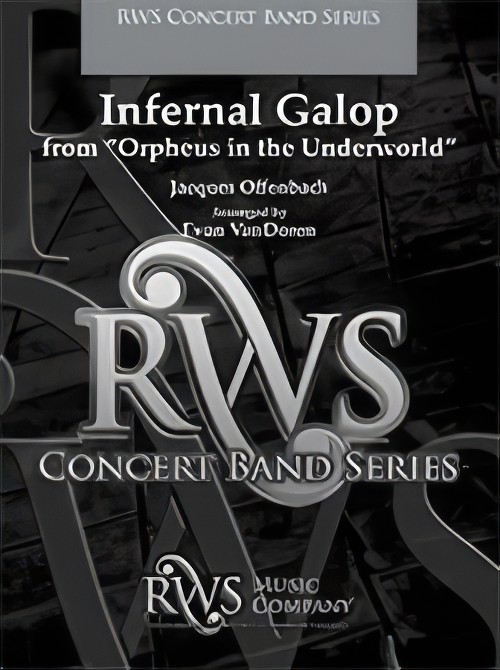 £80.00
£80.00Infernal Galop (Can Can from Orpheus in the Underworld) (Concert Band - Score and Parts) - Offenbach, Jacques - VanDoren, Evan
Jacques Offenbach's "Infernal Galop", or "Can-Can" as it is more often called, has been reimagined throughout history. From classical composers such as Saint-Saens, to more modern uses in movies, television, and even video games, the timeless appeal of Offenbach's melody is without question. Evan VanDoren's arrangement for concert band is a perfect addition to any concert. Particularly effective as a closing selection or encore, this recognizable flourish will have your audience on their feet. Highly recommended! Duration: 2.15
Estimated dispatch 7-14 working days
